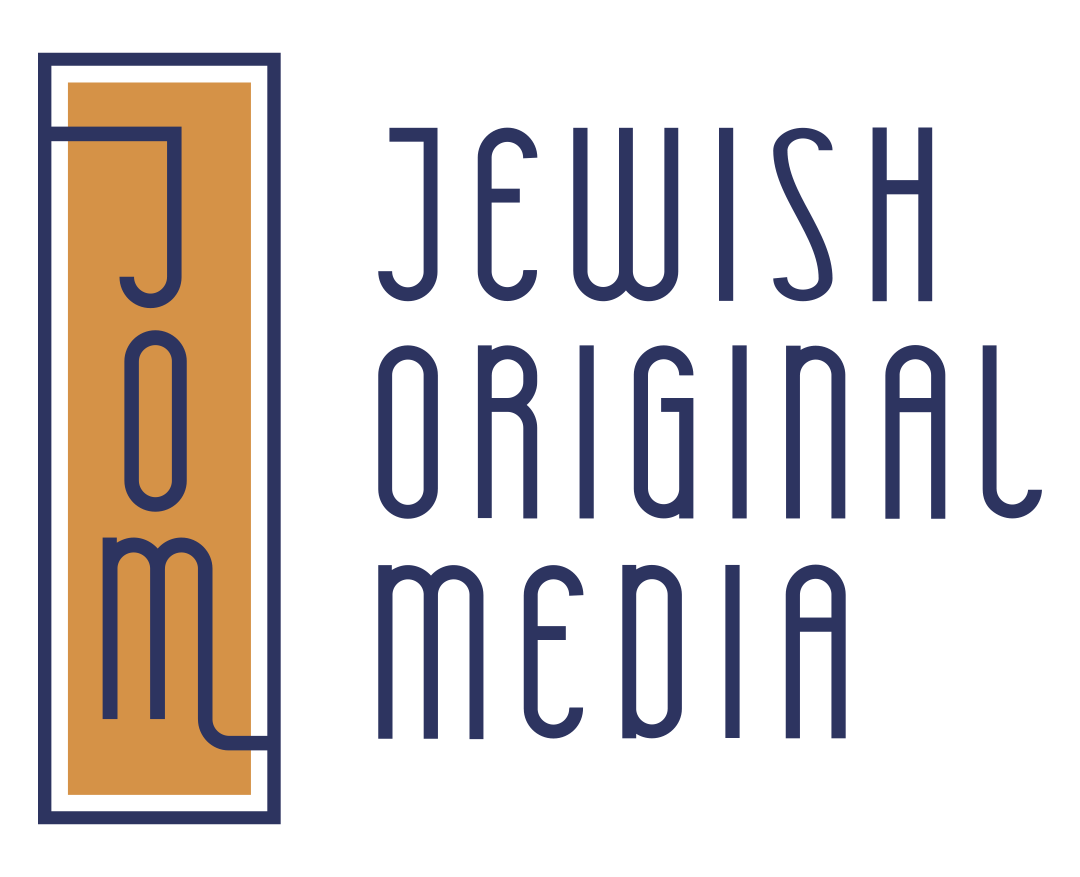
On This Day in Jewish History (@onthisdayinjewishistory) is a premier educational Instagram account with over 25,000 followers, dedicated to unearthing and sharing the rich legacy of Jewish heritage. Our captivating, easily shareable graphics breathe life into significant moments from our collective past, presenting them in a visually appealing and accessible format. With our commitment to thorough research and accuracy, the OTD account has become a trusted and respected source for Jewish knowledge, engaging a diverse audience and inspiring a deeper appreciation for the lessons and wisdom found in yesterday’s stories to enlighten our tomorrow.

